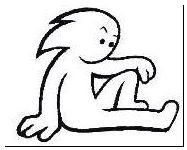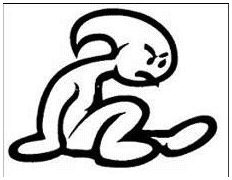Neuman v Jose Manuel Baena Grupo SA (C-101/11 P and C-102/11 P)
The Court of Justice of the European Union ("CJEU") has recently confirmed that, when comparing the overall impression of a Community design with an earlier trade mark, the informed user may sometimes have an imperfect recollection.
History
This dispute started when Baena applied to register the following as a registered Community design (the "Design"):

Neuman applied to invalidate the Design on the basis of the following earlier Community trade mark registration (the "Trade Mark"):

The Cancellation Division of OHIM declared the Design invalid on the basis that it used a previous distinctive sign (Article 25(1)(e) of the Community Design Regulation 6/2002). The Board of Appeal subsequently declared the Design invalid for lacking individual character and not conveying a different overall impression from the earlier Trade Mark (Article 25(1)(b) of the Community Design Regulation 6/2002). The General Court, in turn, held that the Design and earlier Trade Mark did create a different overall impression, in particular because the character in the Design had a neutral facial expression but the Trade Mark comprised an angry character.
CJEU Decision
Neuman argued before the CJEU that, when considering the overall impression created by the Design and the Trade Mark, it was appropriate to make a direct comparison between the two. Neuman alleged that the General Court had wrongly applied the imperfect recollection test used in trade mark law to a design case. (This acknowledges that consumers compare trade marks based on their general impression as opposed to a meticulous side by side comparison).
The CJEU, however, confirmed the General Court's approach in this case. It was correct to compare the overall impression of the Design with the earlier Trade Mark on the basis of the informed user's imperfect recollection. In some cases, the informed user might make a direct comparison but this wasn't always the correct approach.
Comment
This case does provide clarification that, in some circumstances when comparing the overall impression of designs, it is right to assume that the informed user has an imperfect recollection. However, in other circumstances, it will be right to make a direct comparison. The case therefore leaves an element of uncertainty because the question of which test to use in each particular case is dependent on the facts in dispute and the products in question
The content of this article is intended to provide a general guide to the subject matter. Specialist advice should be sought about your specific circumstances.


